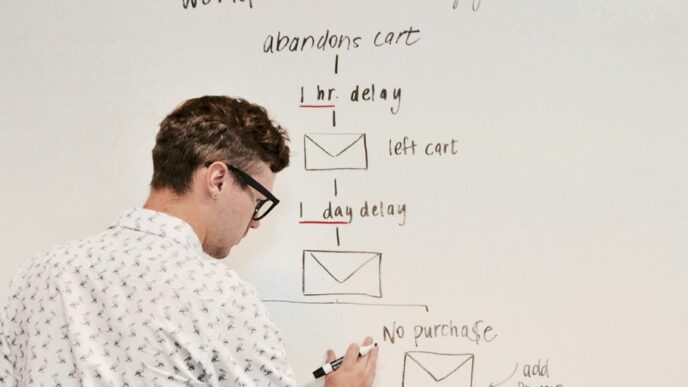Child welfare agencies are facing significant challenges in selecting and modernizing their software systems, which are crucial for delivering effective services to youth and families. A new framework from Info-Tech Research Group aims to address these issues, providing a structured approach to streamline the software selection process and improve outcomes.
Key Takeaways
- Info-Tech Research Group has published a blueprint to assist child welfare agencies in software selection.
- The framework addresses common challenges such as misleading vendor presentations and lengthy decision-making processes.
- By adopting this framework, agencies can enhance service delivery and better support families in need.
The Need for Modernization
Child welfare agencies are at a critical juncture, grappling with outdated systems and rising modernization costs. These challenges hinder their ability to meet compliance demands and provide effective services. The new blueprint, titled "Leverage a Rapid Application Selection Framework to Support Youth and Family Services Agencies," offers a step-by-step guide to help agencies modernize their technology and streamline operations.
Common Software Selection Challenges
The software selection process for child welfare agencies is fraught with difficulties. Some of the key challenges identified in the framework include:
- Misleading Vendor Presentations: Vendors often use flashy presentations that obscure the true capabilities of their software, leading to poor decision-making.
- Complex RFP Processes: Traditional request for proposals (RFPs) can become overly complicated, slowing down the selection process and diverting focus from strategic decisions.
- Lengthy Selection Timelines: Conventional software selection can take months or even years, delaying the adoption of necessary technologies.
- Stakeholder Dissatisfaction: After extensive implementations, stakeholders may find that the chosen solution does not meet their needs, resulting in wasted investments.
- Lack of Data-Driven Decisions: Many agencies rely on intuition rather than objective data, increasing the risk of selecting inadequate systems.
- Weak Negotiation Skills: Agencies may miss out on better deals due to inexperienced negotiators, leading to suboptimal agreements.
The Framework’s Solutions
Info-Tech’s framework provides practical strategies to overcome these challenges, including:
- Structured Decision-Making: Encouraging a data-driven approach to software selection to ensure alignment with organizational goals.
- Streamlined RFP Processes: Simplifying the RFP process to maintain momentum and focus on high-level strategic decisions.
- Accelerated Timelines: Implementing a structured approach to speed up the selection process and facilitate timely technology adoption.
- Enhanced Negotiation Tactics: Providing guidance on effective negotiation strategies to maximize value in vendor agreements.
Conclusion
The integration of advanced technologies in child welfare services presents significant opportunities for improving outcomes for youth and families. By addressing the ongoing challenges in software selection and making targeted investments in technology, child welfare agencies can enhance their service delivery and better support those in need. The new framework from Info-Tech Research Group is a vital resource for IT leaders looking to navigate the complexities of modernization and improve their operational effectiveness.











